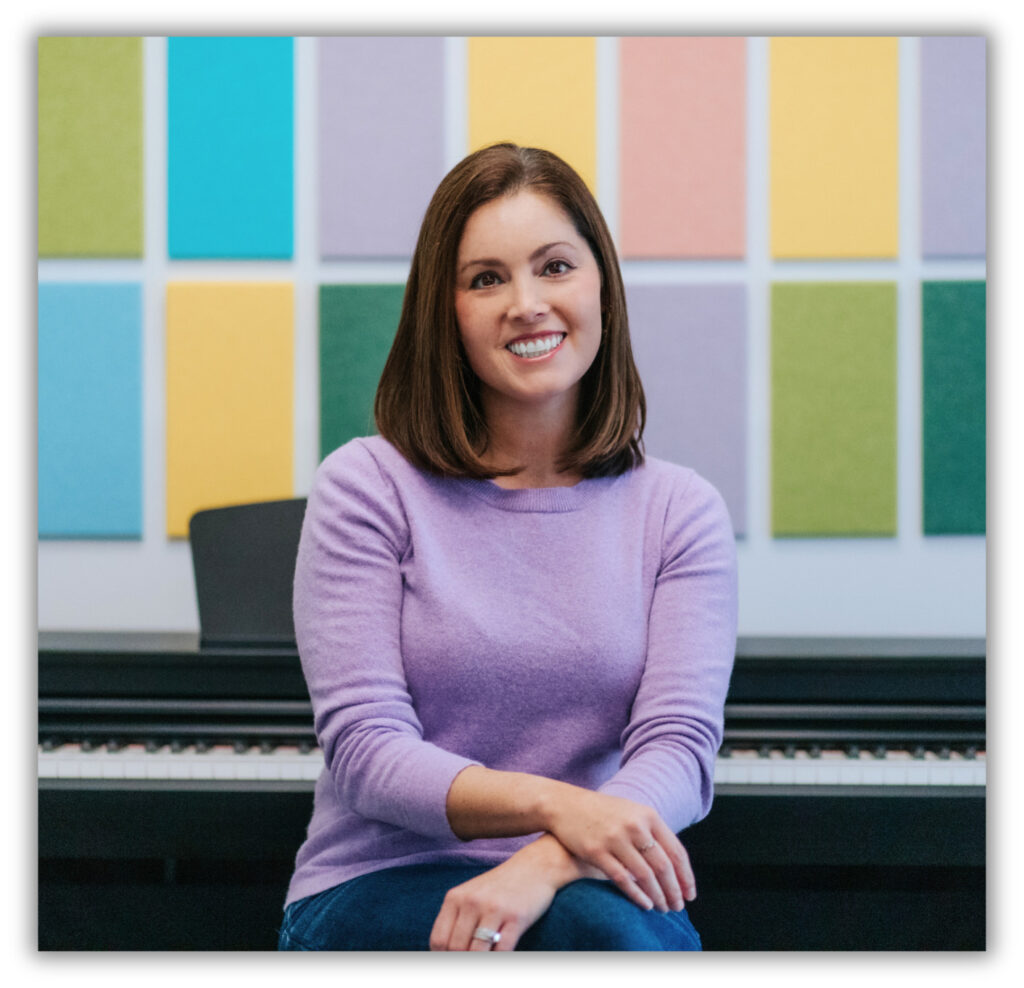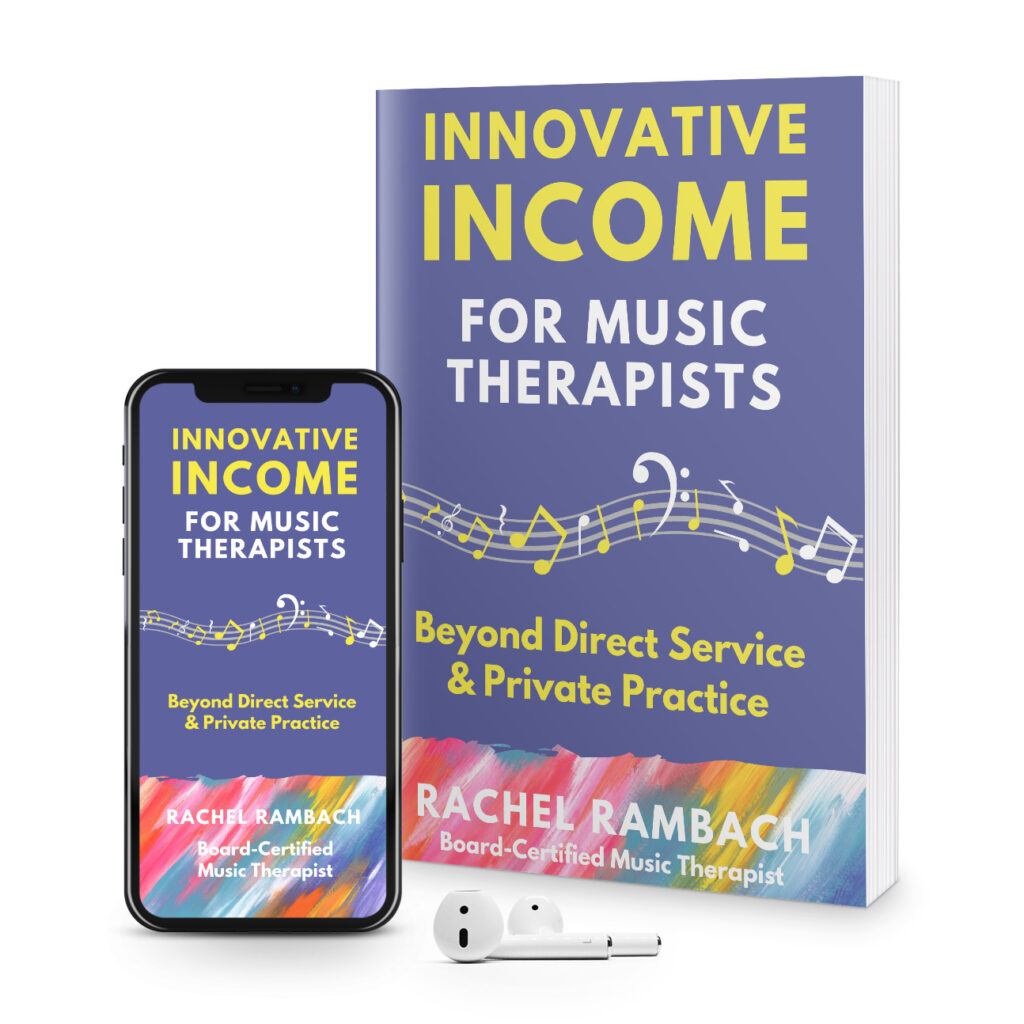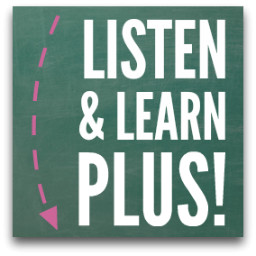by Rachel | Listen & Learn Music

As I mentioned last week, my husband and I went on a quick getaway this weekend and while we had a great time, it’s always nice to get back into the regular routine. This week is already off to a busy start, with an even busier weekend ahead…I’m performing this Friday evening, playing for a birthday party on Saturday, and then my children’s choirs are singing in church on Sunday morning. Phew, I’m tired just thinking about it!
But let’s get to today’s subject: impulse control. This is always an issue when working with any child, whether he or she has a disability or not. Last year I wrote a fun little song to target impulse control skills, called Ready, Set, Wait!
Let’s wiggle our fingers, when I say go.
We’ll wiggle wiggle wiggle them, to and fro.
Let’s wiggle our fingers, when I say go.
Ready…set…WAIT!
When I say wait, don’t go just yet.
Listen for what comes after “set”
But when I say go then you will know…
To wiggle those fingers to and fro.
Ready…set…GO!
Wiggle wiggle, wiggle wiggle wiggle,
Wiggle those fingers to and fro.
Wiggle wiggle, wiggle wiggle wiggle,
Wiggle wiggle wiggle wiggle them to and fro…now STOP!
REPEAT:
Knees
Feet
Elbows
My students are always surprised when they hear “WAIT!” in the first verse, and then they are so excited to hear “GO!” so that they can wiggle whatever body part is called. They love to freeze when they hear “STOP!” and with a little practice, they can follow all three commands easily.
by Rachel | Uncategorized
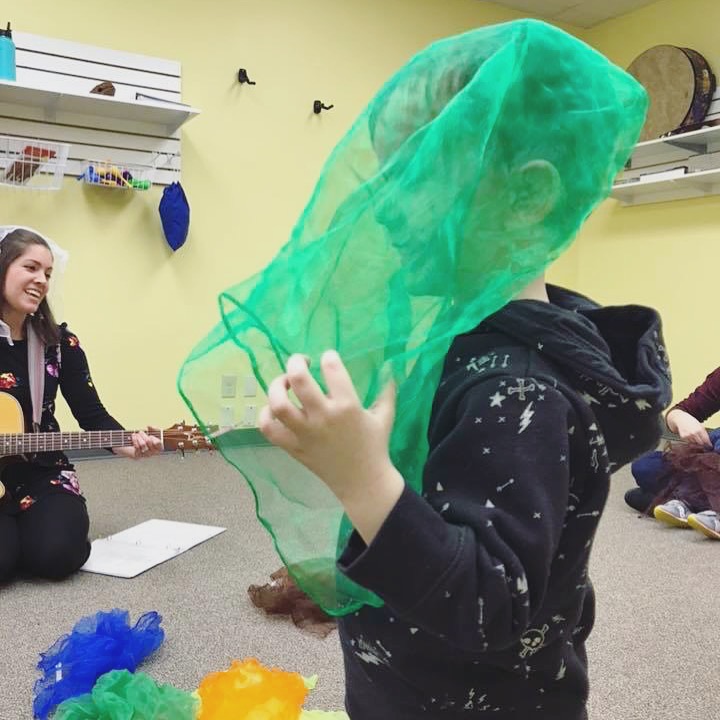
I’m back again today to share a song that I wrote to use with my youngest children in music therapy. I like to stick with a general theme each month, so October focuses mainly on fall and Halloween-related topics. This particular song accompanies a scarf activity, in which the child is asked to listen for the color of his/her scarf and then wave it in the air. The scarves I use are from West Music and can be found here.
There are twelve different colors, and the kids absolutely adore them and are always coming up with new ways to use them. So I wasn’t completely surprised when a couple of kids draped their scarves over their heads and began floating around even before I started playing this song:
Not all ghosts are scary,
And not all ghosts are white.
Listen for the color I choose
And let your ghost take flight!
If your friendly ghost is red,
Wave him in the air.
Wave him right and wave him left,
Wave him everywhere!
Not all ghosts are scary,
And not all ghosts are white.
Listen for the color I choose
And let your ghost take flight!
I change the color of the ghost each time I sing the verse so that every child has a turn. Not only is this a super-fun activity, but my kids are working on color discrimination, listening skills, and turn-taking at the same time. It’s a beautiful thing!
by Rachel | Uncategorized
I use my iPod at work on a daily basis. I just plug it into my handy dandy speaker, and then I have my entire library of tunes at my fingertips. Most of the time, I use the iPod to play songs to accompany instrument or movement activities – circumstances where playing my guitar is not convenient or possible.
But last year while I was brainstorming ideas for one of my higher functioning classes, I came up with a great new (at least, for me) way to utilize the iPod. My students love current songs, movies, and listening to the iPod, so why not combine all three into a game of Bingo? I set to work creating snippets of songs (about 20 seconds each), both from movies and artists I know my students like, using the Mac music-editing program Garageband. Then I created Bingo sheets, twelve for each version of the game. They turned out like this:
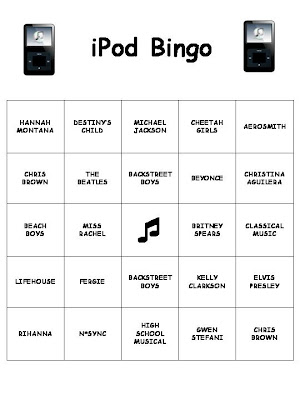
 I bought those little plastic googly eyes to use as bingo chips, which I store in mini plastic ziploc bags (one for each student). And then I created a playlist of the song snippets, which I just set to shuffle and then hit play. Then I can assist the students instead of dealing with the iPod, which just plays on its own.
I bought those little plastic googly eyes to use as bingo chips, which I store in mini plastic ziploc bags (one for each student). And then I created a playlist of the song snippets, which I just set to shuffle and then hit play. Then I can assist the students instead of dealing with the iPod, which just plays on its own.
iPod Bingo has become the students’ favorite activity, and I use it as a reward for completing other music therapy tasks that aren’t quite as exciting. While they think it is just a fun game, it actually fosters critical listening, social interaction, and team work. Over the next month I’ll be putting together iPod Bingo: Holiday Edition.
by Rachel | Uncategorized
I’ve been blogging for about a month now, but I haven’t talked much about the school where I work, the
Hope Institute in Springfield, Illinois. I’ve been fortunate to serve as the music therapist there for the last year and a half, and it has been an extremely eye-opening and gratifying experience.

The Hope Institute is a residential school for children with multiple disabilities. Over 70% of our students have a diagnosis of autism; other diagnoses include Down Syndrome, Tourette Syndrome, severe behavioral disorders, and various cognitive, physical and emotional deficits. Hope has a staff of over 500, including teachers, educational and habilitation specialists, therapists, and administrative officials.
As the only music therapist, I work with each class as well as several students individually. We work on social skills, movement, following directions, interaction, and many other goal areas. I also get to do all sorts of fun “extras” such as leading school singalongs, organizing student performances, and sharing the music of Hope with the community.
Last year I was asked to write a new school song, which the students sang at this year’s pep rally. It was so much fun to write, but what I really love is hearing the kids sing it and showing their school spirit. Here it is:
We are the bulldogs,
We are the bulldogs,
The Hope bulldogs are we.
Mighty and strong,
At the top we belong,
Oh just you wait and see!
We are the bulldogs,
We are the bulldogs,
White and blue and proud,
We do our best,
Stand apart from the rest,
We sing our song out loud!
We are the bulldogs,
We are the bulldogs,
The Hope bulldogs are we.
Mighty and strong,
At the top we belong,
Oh just you wait and see!
by Rachel | Uncategorized
You’ve learned a little about me, but I’d like to tell you more. Specifically, how I got here and why I do what I do. Here goes:
I grew up singing. At home, school, church, community theaters, anywhere they’d let me, really. By high school, I knew that I wanted to pursue music as a career, and everyone encouraged me to go after my dream. So I applied to several college music programs, and ultimately chose to attend Rollins College, a small liberal arts college in Winter Park, Florida.
My experience at Rollins was amazing. There I was exposed to top-notch musicians, and I received voice training from a world-renowed opera singer. As fabulous as this experience was, it taught me that I really did not want to be an opera singer. I loved singing in my women’s trio; showtunes and pop were really more my speed. But nonetheless, I continued my studies while rethinking my future.
I knew music had to be a part of the equation; I just didn’t quite know how it fit into the puzzle. Then I was assigned to research and write a paper about a topic of my choice related to music. While doing a little googling and exploring, I stumbled upon music therapy. I had heard of it in passing, but didn’t really know much about it. The more I researched, the more I fell in love with the idea of it.
The professor of that class, who also happened to be the chair of the music department, was impressed with my paper and my interest in music therapy. He put me in touch with a local music therapist, who I job-shadowed for the remainder of the semester. I was so excited with the possibility of studying music therapy that I finished my degree a year and a half early, so that I could move on to graduate school.
I spent two years at Illinois State University, where I was a student in the music therapy graduate program. I completed clinical practicums in the field, wrote a thesis, and then spent a year in St. Louis interning with a private practice. Not once did I question my decision to pursue music therapy. I knew it was what I’m meant to do.
After completing my internship in St. Louis, I was ready for the real world. Luckily, there was a job waiting for me as a full-time music therapist at the Hope Institute, a school for children with multiple disabilities in Springfield, Illinois. My work at Hope allows me to work with students in both group and one-on-one setttings, and here I put my creativity to work in coming up with songs and activities.
So that brings us to the here and now. I’m always working on new songs and looking for topics to write about. My students are my biggest source of inspiration, but suggestions and requests are always welcome. I hope you are able to take something away from my blog, and that it keeps you coming back for more.




 I bought those little plastic googly eyes to use as bingo chips, which I store in mini plastic ziploc bags (one for each student). And then I created a playlist of the song snippets, which I just set to shuffle and then hit play. Then I can assist the students instead of dealing with the iPod, which just plays on its own.
I bought those little plastic googly eyes to use as bingo chips, which I store in mini plastic ziploc bags (one for each student). And then I created a playlist of the song snippets, which I just set to shuffle and then hit play. Then I can assist the students instead of dealing with the iPod, which just plays on its own. 